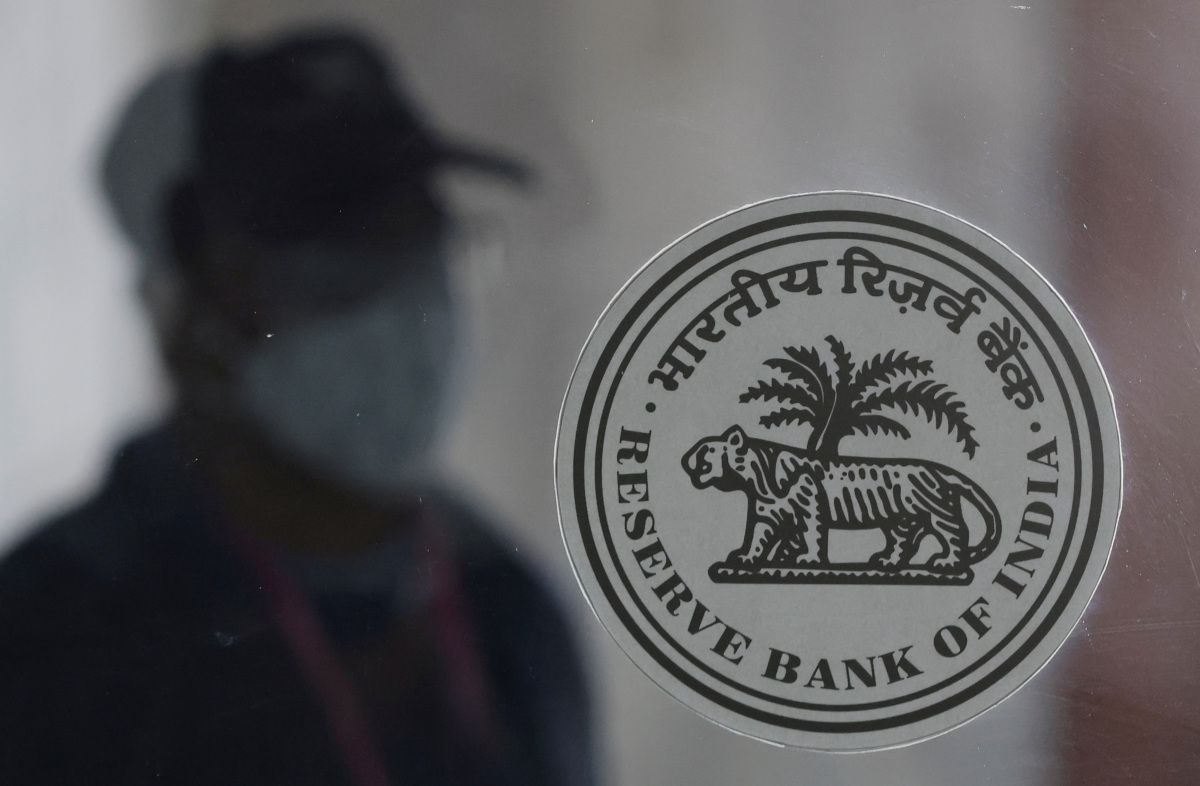India’s CBDC and digital assets will be the “breakthrough” in the country’s fintech sector, an expert said. Certain trends, such as neo banks, may also provide an overview of growth areas this year.
Reuters
KEY POINTS
Over 10,000 small and big retail merchants are participating across 15 cities in RBI’s CBDC retail pilotIndia’s cryptocurrency market is expected to hit $222 million in revenue this yearGovernance and security will sustain Indian fintech sector’s growth: ICRIER’s Mansi KediaForex, embedded finance, and neo banks have shown growth trends: Revolut India CEO Paroma Chatterjee
India could be on the road to becoming Asia’s fintech capital, with its early work with central bank digital currency (CBDC) and digital assets providing “breakthrough” momentum, experts said.
India’s fintech sector is already the third largest in the world, behind the United States and China, driven by its rapid digital adoption and its financial inclusion efforts. That shows rapid progress and transformation in a country, that for decades had wallowed in poverty following the colonial-era plunder by the British.
India is already the fastest-growing economy in the world, helped by the liberalized economic policies it has followed in the last three decades. Prime Minister Narendra Modi on Wednesday vowed to make India the world’s third-largest economy in a strong pitch for re-election to a third term in office. India is currently the fifth-largest.
India has the potential to lead Asia in fintech, Mansi Kedia, senior fellow at Delhi-based think tank the Indian Council for Research on International Economic Relations (ICRIER), told International Business Times. She listed cutting-edge technology, home-grown app developers, investors, entrepreneurs interested in the sector, and ”a regulator who is keen to take this forward” as the reasons why the country could charge ahead in the space.
Paroma Chatterjee, CEO at financial super-app Revolut India, told IBT that in addition to the government and regulatory authorities supporting India’s financial transformation, the industry has played a pivotal role in broadening financial inclusion.
“By leveraging technology, fintech companies have made financial services accessible to a large segment of the population that was previously excluded from the formal banking system,” Chatterjee said.
Kedia noted that India’s Unified Payments Interface (UPI), which allows for instant payments such as inter-bank, peer-to-peer, and person-to-merchant transactions, helped accelerate the country’s fintech space. However, there are two sub-sectors that she believes will really drive India to the top.
Asia Poised To Lead Web3 Adoption – Here’s WhyRead more
Asia Poised To Lead Web3 Adoption – Here’s Why
“I think the next breakthrough will come from CBDC and digital assets. If we are able to navigate through these changes, [I] am pretty certain there is hope for India to top the ranks since the global ecosystem is moving in this direction,” she said.
India’s central bank kicked off testing of the Digital Rupee (e₹) in November last year for specific use cases, with a focus on “settlement of secondary market transactions in government securities.”
The Reserve Bank of India (RBI) said the digital currency’s test launch was part of the government’s Digital Rupee – Wholesale segment (e₹-W) first pilot that is expected to improve efficiency in the inter-bank market.
Another CBDC pilot was launched for the retail sector the following month. A senior official told CoinDesk in February that more than 50,000 customers and 10,000 small and big merchants have participated in the pilot, and the testing program has been extended to 15 cities from four initial cities: Mumbai, New Delhi, Bengaluru and Bhubaneswar. Among the participants is Reliance Retail, India’s largest retail chain.
There is also optimism for India’s crypto market. U.S.-based tech company CrossTower said in a 2021 report that India was “uniquely positioned to become a world leader in this new digital economy,” adding that the country has a $1.1 trillion opportunity in the digital assets sector.
Revenue in India’s cryptocurrency market is projected to hit $222 million this year. By 2027, the country is expected to see more than 328 million users in the Indian crypto market, as per Statista.
Kedia is expecting growth in digital payments to be faster this year, but she said every fintech segment will still grow. She said the government is “very invested in building India’s fintech capabilities, and it “hasn’t left the fintech completely to the private sector.”
Chatterjee, who was appointed as Revolut India’s CEO in 2021, said some of the trends observed that could provide an overview of growth areas this year are forex, digital lending, insurance technology, embedded finance, and neo banks or banks that provide digital-only services.
In 2021, the Indian prime minister called for a “fintech revolution.” The government also launched several initiatives to help attract more investments to the industry, including an Inter-Ministerial Steering Committee on Fintech (IMSC) that was designed to explore potential applications of fintech in government financial processes, particularly in asset management and accounting, taxation, welfare services and even managing citizen grievances.
Chatterjee said fintech businesses should continue to innovate and leverage emerging technologies such as data analytics, AI, blockchain and machine learning to come up with “cutting-edge” products to address financial challenges and drive India to a leadership position in the fintech space.
She added that companies should continue to “prioritize data security and privacy” and be transparent with how customer data is being handled to build trust. On the government’s side, she said there should be a balance in ensuring client protection while also fostering innovation.
Kedia said that “governance and security are going to be key to sustain this growth,” adding that fintech companies should invest in ensuring that they are compliant with the law, as the upward transition in the sector “is only possible with trust.”
2023-08-02 19:24:02
Original from www.ibtimes.com
